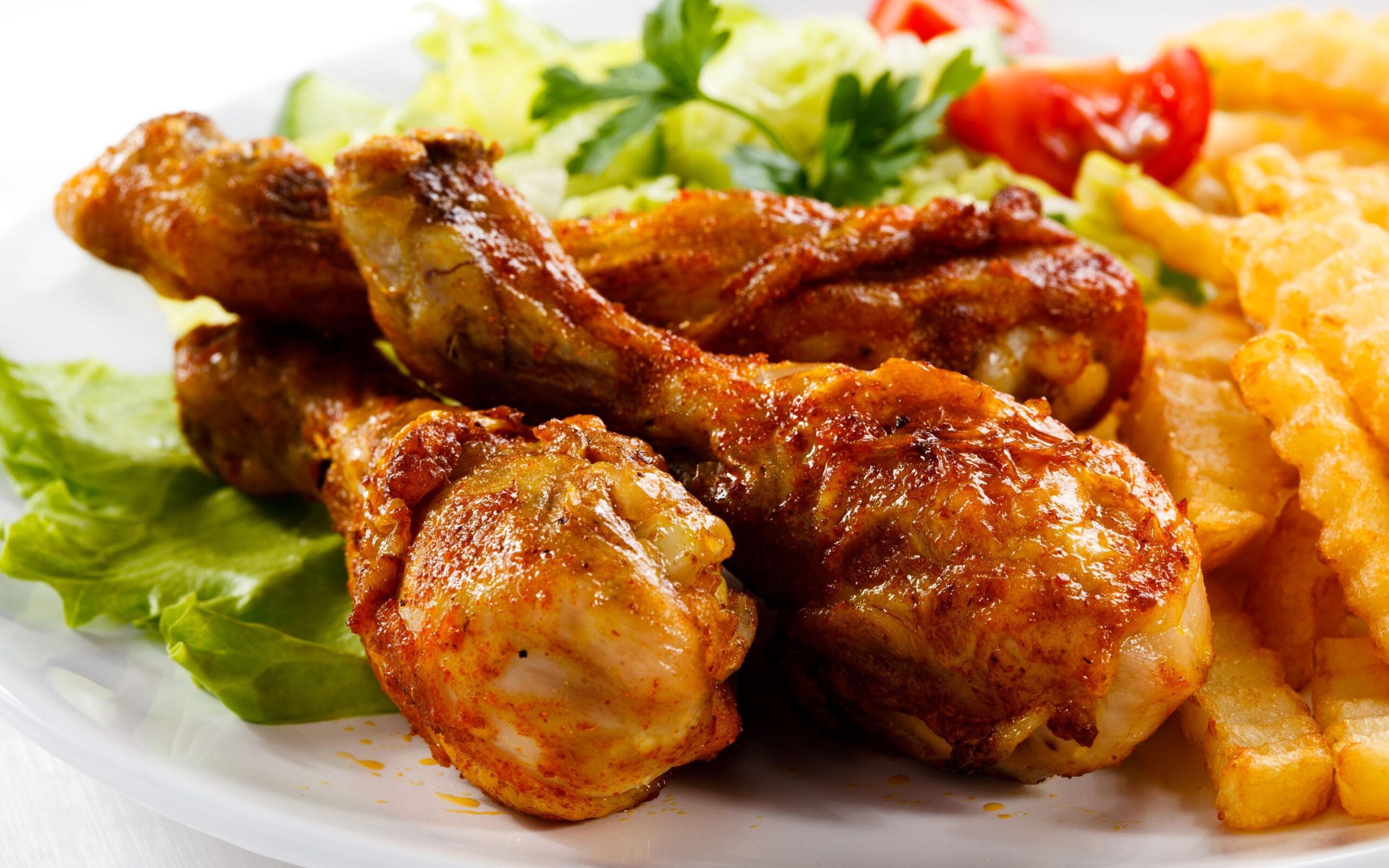I believe that virtually everyone wants to eat healthier, but there are a number of things that seem always get in the way. One of the biggest problems for people, especially those who generally eat unhealthy thetastyworld.com, is that healthier foods typically don’t taste as good as the foods they are used to eating. I can’t count the number of times I’ve heard people try healthy foods and say things like, “This tastes like sawdust” or “I might as well be eating cardboard.” Obviously, this is problematic, because if you can’t stand the taste of healthy foods, you will probably continue eating unhealthy foods.
First, I want to say that while healthy foods have a stereotype of being bland or tasting bad, they have come a long way over the years from a taste standpoint. Also, many herbs and spices can be added to healthy foods to add more flavor without making them unhealthier, so there are definitely options. On the other hand, some people still do not like the taste of these foods or do not have the time or want to spend the effort to mix in herbs/spices or cook meals themselves in order to make the food taste better. If this is the case for you, don’t worry, because there is an easy way to make healthy foods taste better, especially if you currently eat a lot of foods high in fat and sugar.
Before moving on, I should make sure that you don’t get your expectations too high. If you love chocolate, it isn’t realistic to think that natural healthy foods will taste as good as chocolate, but they will probably taste significantly better than they do right now. They may even end up tasting better than you ever thought they could. If you are serious about improving your nutrition and want healthy foods to taste better, the thing you should do is simply eat more healthy foods and cut back on fat and sugar, especially refined sugars such as sucrose (basic white/table sugar).
I know that probably wasn’t the advice you wanted to hear, but bear with me. When healthy foods “taste bad” or “have no flavor,” the issue is often not the food itself, but rather your taste buds. When you eat a lot of sugary and fatty foods, your taste buds become accustomed to the high level of sweetness/richness, which actually changes the way you taste less flavorful or unsweetened foods. As a result, healthy and natural foods generally end up tasting worse than they should.
My guess is you already have some experience transitioning from a richer flavor food to a “less flavorful” version of the same food. Over the years, many people have switched from whole milk to 2% or fat-free milk, regular soda to diet soda, fried chicken to baked chicken, etc. There are many different situations where people stop eating an unhealthy food and replace it with something that is at least somewhat healthier.
At the beginning of this type of change, the new food (with less fat and/or sugar) will probably taste worse to you than the old food. For instance, when people first switch from high-fat milk to low-fat milk, they typically say the lower fat milk has less taste or tastes like water. However, after drinking the lower fat milk for a while, your taste buds will change and it will start tasting like the higher fat milk did before. At this point, if you try the higher fat milk again, you may think it will taste rich or fatty and you may even prefer the taste of the lower fat milk.
This type of change in the way foods taste not only happens with foods that are high in fat or sugar, like whole milk and soda, but it also happens with foods high in complex carbohydrates, such as rice, pasta, bread, and cereal. Many people eat more refined carbohydrate products, such as white rice, white pasta, or non whole-grain cereals (usually with added sugar), but it would be healthier to eat brown rice, whole grain bread/pasta, and whole grain cereals with minimal sugars.
As with milk, the healthier products may not taste good at first, especially if you have always eaten the products made with refined carbohydrates, but that will change with time. In some cases it can be a different texture, smell, or perceived lack of flavor that turns people off from these healthier alternatives, but once your taste buds adapt to the new foods, you will notice more flavor and eventually they won’t seem much different from the foods you used to eat.
So far I have only discussed the way tastes change when you stop eating one food and replace it with a similar healthier food, but these changes take place on a more general level as well. Basically, the more you eat foods that are high in processed fats and carbs, the worse natural healthy foods will taste to you. If you are able to decrease you overall intake of unhealthy fats and sugars, you will find that many other healthy foods that you thought were bland actually do have a decent amount of flavor.
On the other hand, if you keep eating higher amounts of sugary and fatty foods and only change one specific food, such as white bread to whole grain bread, you will not get the added benefit having other healthy foods taste better. This is especially true with sugar consumption, because when you eat a lot of sugar, things without sugar just do not taste as good. Your taste buds essentially become addicted to the taste of sugar, similar to the way your body can get addicted to caffeine. In these situations, the only way to get your taste buds back to normal is by drastically cutting back on your sugar intake.
